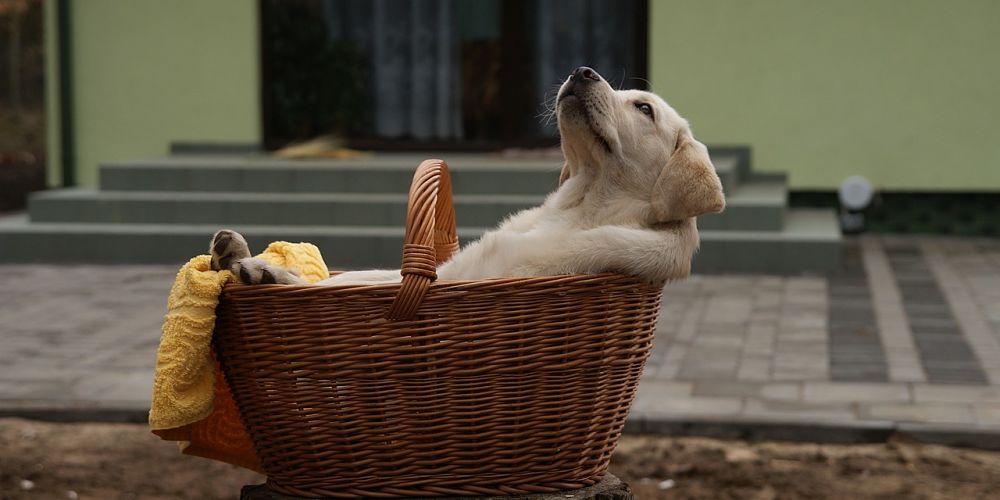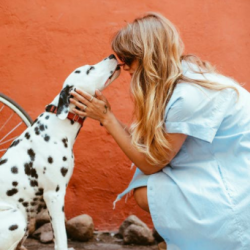
With careful planning, you can give your new puppy a brilliant start to life as a valuable member of your family. So what do you need to know about puppy care? This article looks at what to expect and how to care for your puppy after you bring him or her home.
The first thing you need to know is that your puppy has special needs throughout the first twelve months of life. This is because they have a hard time getting the nutrients and vitamins they need from their mother to help keep the immune system strong and prevent disease. Also, they are still unused to their new surroundings. Your puppy’s first few weeks of life are crucial. This is why waiting until week 3, or even week 4 is recommended. This is because during this time your puppy’s body is set up for disease and germs. They are not completely protected even from the mild winter temperatures and extreme summer temperatures.
Are you ready to care for a puppy?
Also, you need to know that you will have to take a puppy for walk almost daily from the time you bring him or her home. A friend of mine who has a doberman puppy takes his puppy to work and walks with him while he does New York Structural Inspections. They have to go outside to relieve themselves. Also they need a lot of love and affection. This is unconditional love they have been missing from their mother and will be missing from their new home. Therefore this is why a puppy is so appealing to a family and especially to children.
What should you expect?
So to really answer the question “What is the time commitment?” you need to look at what type of dog you want. If you want a dog you can train to do anything, then you might want to consider a service dog for all the things that you cannot do yourself. A lot of people who want a service dog are looking for a breed that has the appropriate training traits for what they want. But remember, care for the dog and love them unconditionally does not have to be a cold thing. Sometimes we need a little extra love, anyway, to get what we want.
What are your responsibilities?
Well, the screams of new puppies and their individual needs can get quite overwhelming, so you need to know exactly what you are getting into. Every breed has their own unique needs. As long as you know what you are getting you can scream “I love dogs as long as they don’t bite!”
Are you ready to do some research?
The day you get your new canine bundle of joy, you better find out quickly what you have in mind. If you want a dominant breed, look for the dogs that fit that need – that is the goal you are looking for. You may get a handful, but you will find a loyal companion.
So … how do you find the right dog for you?
Designate preferences and wait until you are ready to talk with a breeder.
Look for breeder with a good reputation.
Get to know the parents of the puppy – try to find out their character too.
Ask for health certificates and AKC registration.
Make sure that everyone in the family is ready to adopting a puppy. At the very least, you will need to know how many and what kind of toys and behaviors you want. And no matter what, you will want to know the parents’ temperament too. Try to take a few of the traits into account in choosing the right dog.



